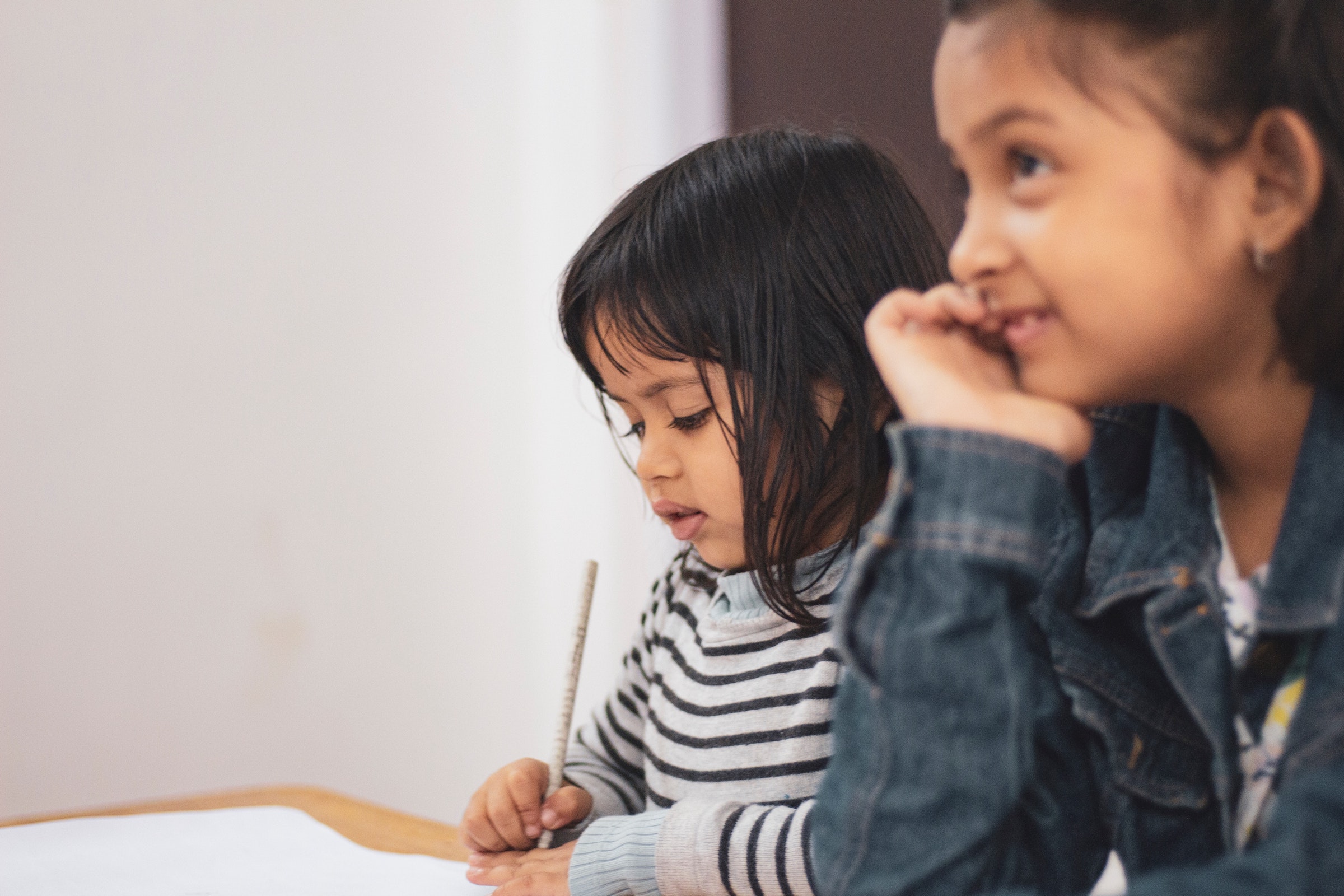
by Victor Jung | Dec 13, 2021 | Philanthropy
Philanthropy is an intensely popular industry that encourages people to give back to their communities. Whether through corporate giving or personal volunteerism, the more people give back each day, the more people in need get the help they’re looking for. In the...
by Victor Jung | Feb 26, 2020 | Philanthropy
The Children’s Heart Surgery Fund got its start thanks to a single visionary heart surgeon in 1988. Duncan Walker, a congenital cardiac surgeon in Leeds, realized that his facility was missing out on opportunities to save the lives of infants and children....

by Victor Jung | Feb 6, 2020 | Charity
If you’ve ever lent a hand to a charity in the global fight for literacy, you’ll be glad to know that literacy rates have risen in recent years. Literacy programs and charity organizations have a huge role in this! However, literacy rates are still below par in many...

by Victor Jung | Dec 6, 2019 | Charity
According to Giving USA, Americans donated more than $400 billion dollars to their favorite charities in 2018. It’s imperative to point out that close to $292 billion dollars came from private donors. Many insiders around the country believe these numbers will...
by Victor Jung | Aug 6, 2019 | Charity
Many young migrant children are currently enduring awful conditions at the United States border amidst heated discussions on our country’s immigration policies. The nightly news has well documented the overcrowding, unsanitary environments, and abuse these children...




